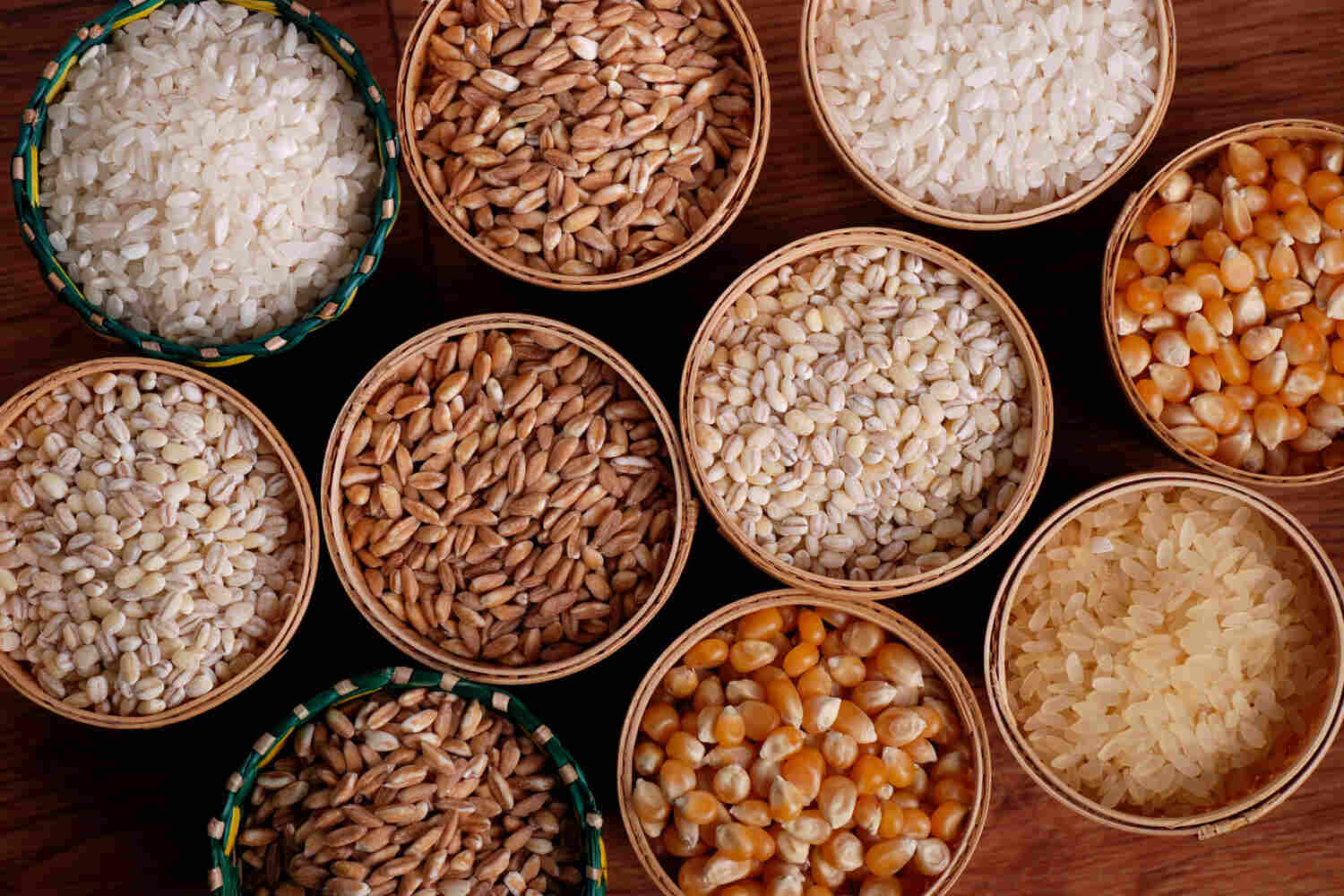
Introducing new types of food to your toddler is a challenge. And introducing whole grains for toddlers is certainly one of them. If you get a picky eater then they will notice the change of color and texture in their regular diet when you add whole grains to them. Thus it is important to start introducing nutrient-rich whole grains to your toddler’s diet as soon as possible.
Grains are the primary source of carbohydrates in our diet no matter what part of the world we belong to. But grains can offer more than just carbs if you do not throw their chaff out. After industrialization the trend of using white refined grains in food making became popular. But in this process, the fiber, protein, and vitamin-rich parts of whole grain are thoughtlessly removed. By choosing whole grains for your toddler you can ensure complete nutrition for the small size tummies.
In This Article
- What Are Whole Grains?
- Why Should Whole Grains be Part of a Toddler’s Diet?
- When to Introduce Whole Grains to Your Toddler?
- How to Introduce Whole Grains Into Your Toddler’s Diet?
- Top 5 Benefits of Whole Grains For Toddlers
- Are There Any Side Effects of Whole Grains For Toddlers?
- FAQ’s
What Are Whole Grains?
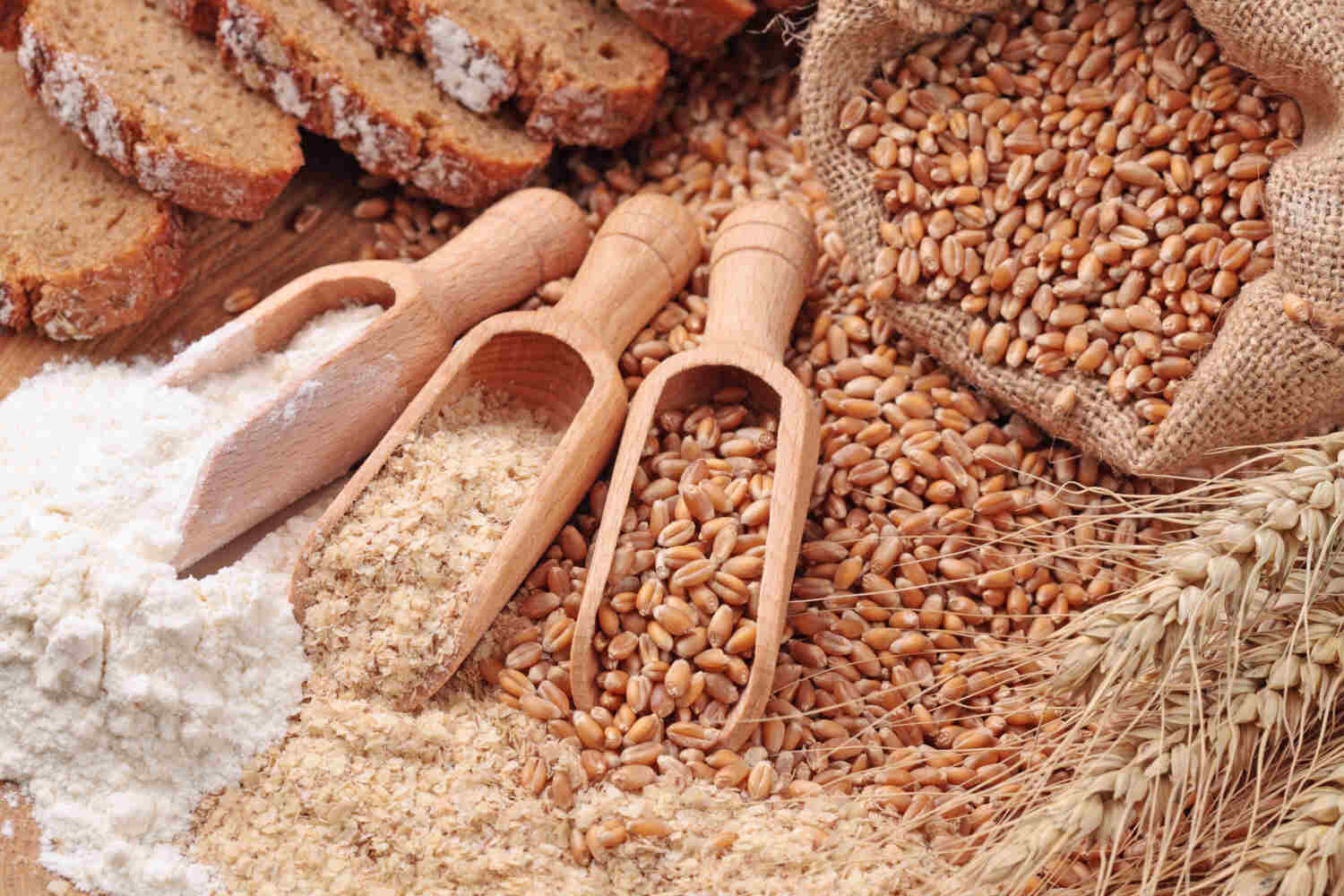
Whole grains are the whole part of a grain, as the name suggests. A grain consists of three edible parts, the outer layer or bran, the middle part or endosperm, and the inner part or germ (1).
All three parts of a whole grain make a complete balance of carbohydrates, protein, fiber, and vitamins for daily diet. Refined grains on the other hand, only contain the carbohydrate-rich endosperm part.
Whole grains are thus what your toddler’s intestines truly deserve. Brown rice, oats, millet, whole wheat, corn, barley, quinoa, farro, etc. are some examples of whole grains.
Why Should Whole Grains be Part of a Toddler’s Diet?
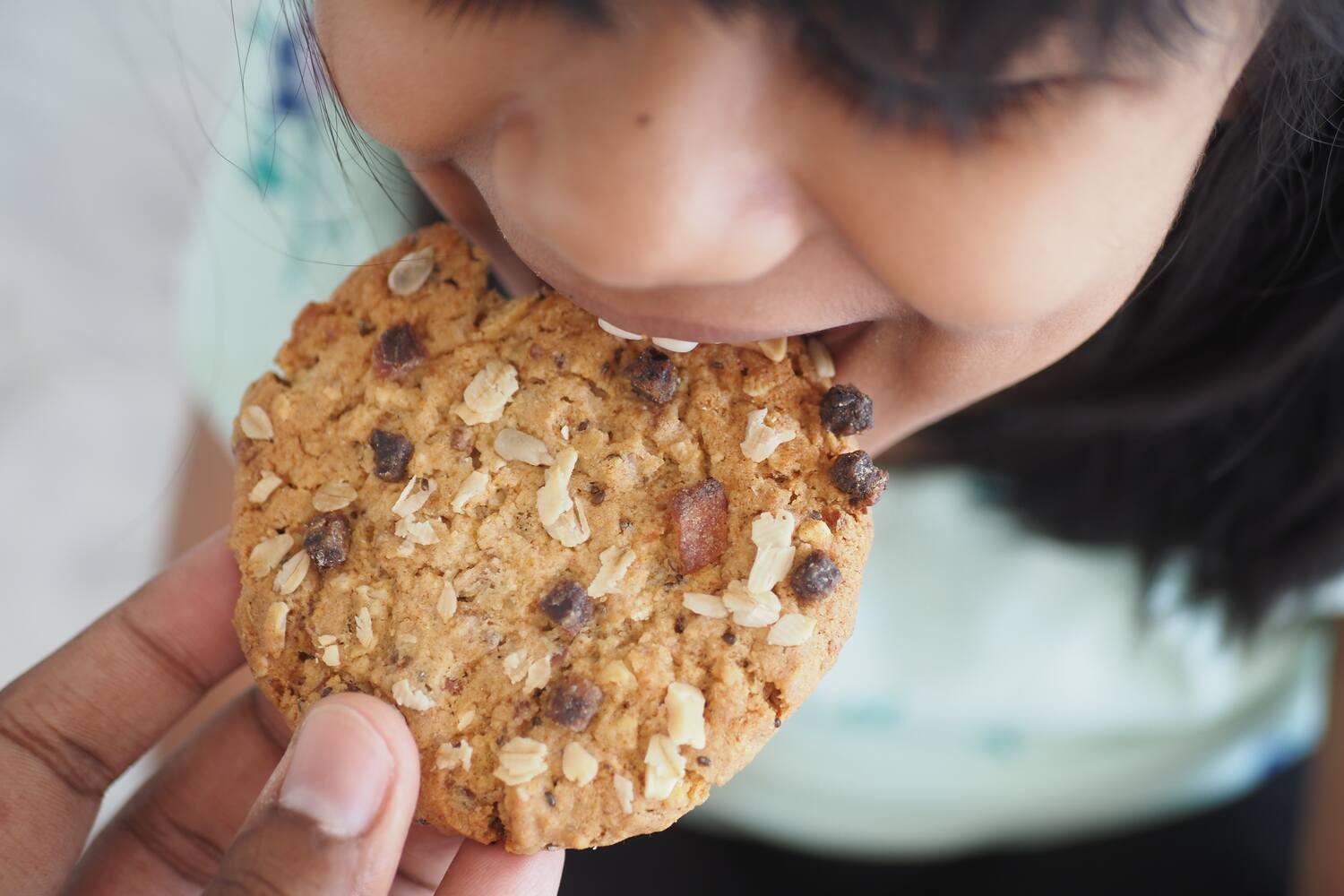
Whole grains are a complete meal for your toddler. The outer layer or bran of grains contains niacin, thiamin, riboflavin, zinc, iron, and of course fiber (2). The germ part of a grain contains protein and vitamins. Whereas the endosperm part of a grain can only offer starch and some protein (3). Moreover, the antioxidants and phytochemicals present in whole grain secures your toddler from having chronic diseases (4).
So choosing whole grains will be more healthy and nutritious for your toddler. Hence you need to develop a habit in your toddler of eating whole grains from the beginning. Otherwise, you may have to struggle to make them switch to whole grains once they get used to refined ones.
When to Introduce Whole Grains to Your Toddler?
You can start introducing whole grains anytime after your toddler crosses the initial 6 months of breastfeeding (5). But as whole grains are fiber-rich and hence difficult to digest, it will be safe to introduce whole grains to your toddler after one year of age.
You will have to increase the quantity of whole grains gradually and check for an allergic reaction, if any. If everything seems okay then make sure your toddler gets some sort of whole grains regularly in their diet.
How to Introduce Whole Grains Into Your Toddler’s Diet?
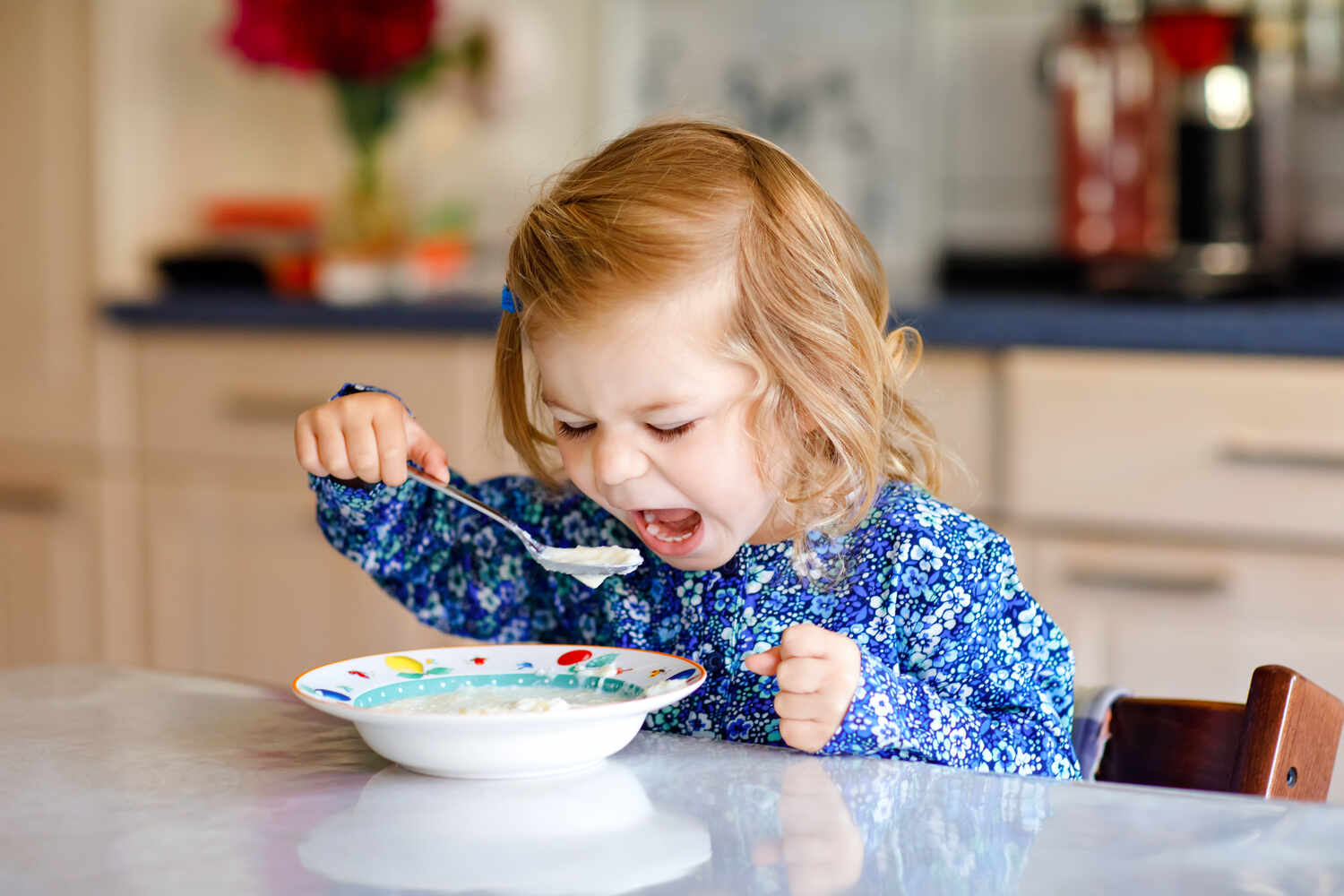
Initially, you can choose whole-grain infant cereals as the first transitional food. Then gradually you can provide millets, whole wheat flour chapatis, brown rice, etc. to your toddler.
Oats is another safe option to introduce whole grains to a toddler. Toddlers love oats because of their creamy texture. A toddler of 2 to 3 years can easily consume ¼ cup to ½ a cup of whole grains daily (6).
You can make both savory and sweet dishes with whole grains for your toddler. For lunch and dinner, you can serve your toddler brown rice khichdi, and whole wheat roti.
You can try rye crackers, quinoa bread, oats or millets porridge as filling whole-grain snacks for your toddler. Your toddler will also love multigrain pasta and pancakes for snacks and dinner.
Top 5 Benefits of Whole Grains For Toddlers
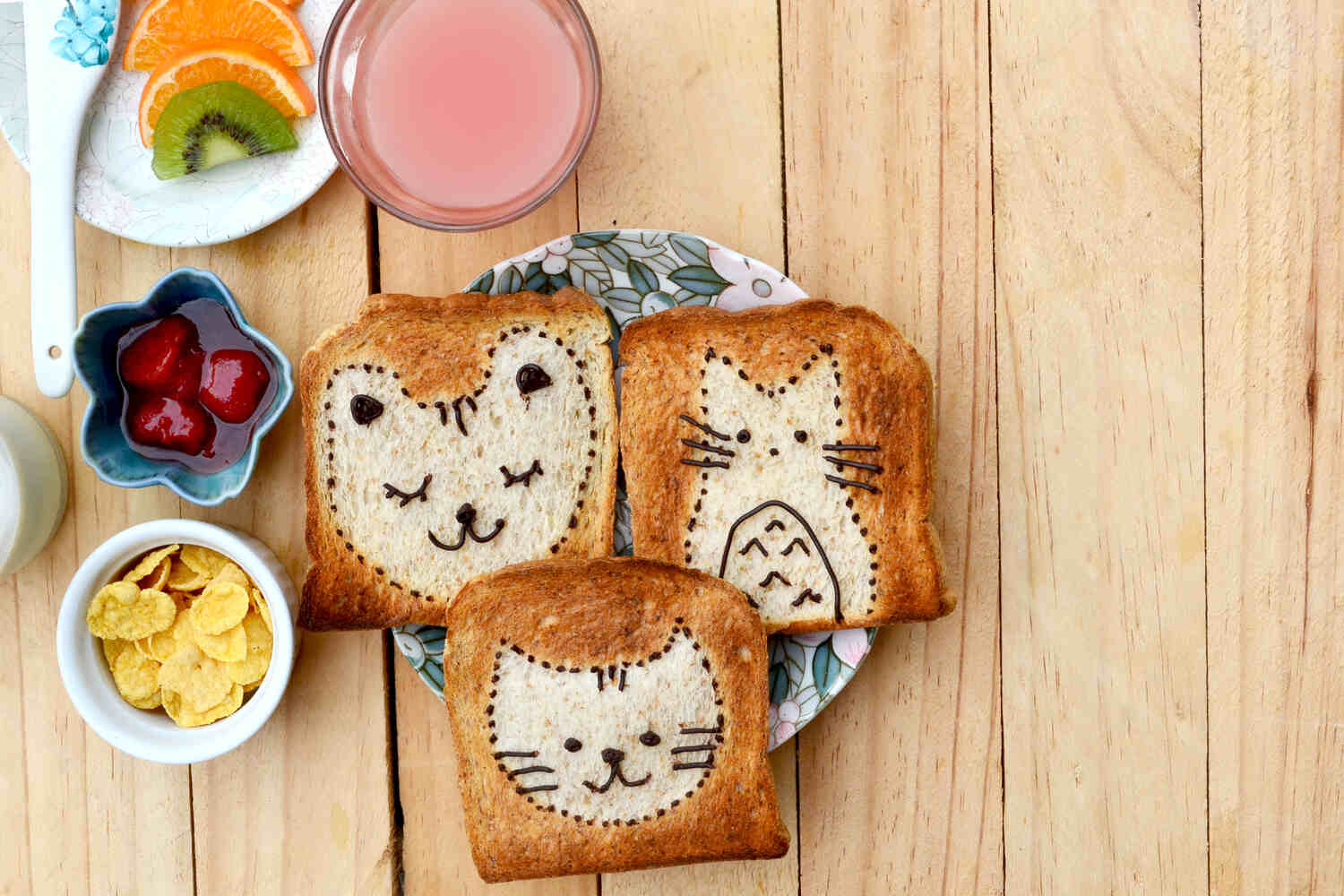
Whole grains are not just a filling food option. They have multiple benefits too. Some of them are-
1. Good For Digestion
The fiber-rich outer layer of a whole grain improves digestion by increasing bowel movement (7). Fiber-rich food is extremely important for toddlers who often suffer from constipation.
2. Helps to Maintain a Healthy Weight
Fiber takes longer to digest. Fiber-rich whole-grain snacks will keep your toddler full for a long time. Moreover, thiamine, niacin, and riboflavin present in whole grains help in converting fat into energy. Thus whole grains prevent unnecessary weight gain (8).
3. Aids in Brain Development
Whole grains contain omega 3s and B vitamins, essential for brain development (9, 10). The complex carbs that whole grain is rich in provide a steady supply of energy to the brain.
4. Packed With Minerals
Whole grains contain several minerals like zinc, iron, copper, and magnesium (11). Minerals like iron and magnesium help to build stronger bones and oxygen-rich blood.
5. Boosts Immunity
The antioxidants and plant compounds like polyphenols, sterols, and stanols enable the body to fight back infection and microbial diseases (12). Whole grains contain antioxidants whose regular intake will improve your toddler’s overall immunity.
Are There Any Side Effects of Whole Grains For Toddlers?
Though whole grains are safe and beneficial some toddlers may show some side effects against it. Side effects of whole grains for toddlers can be-
1. Allergy
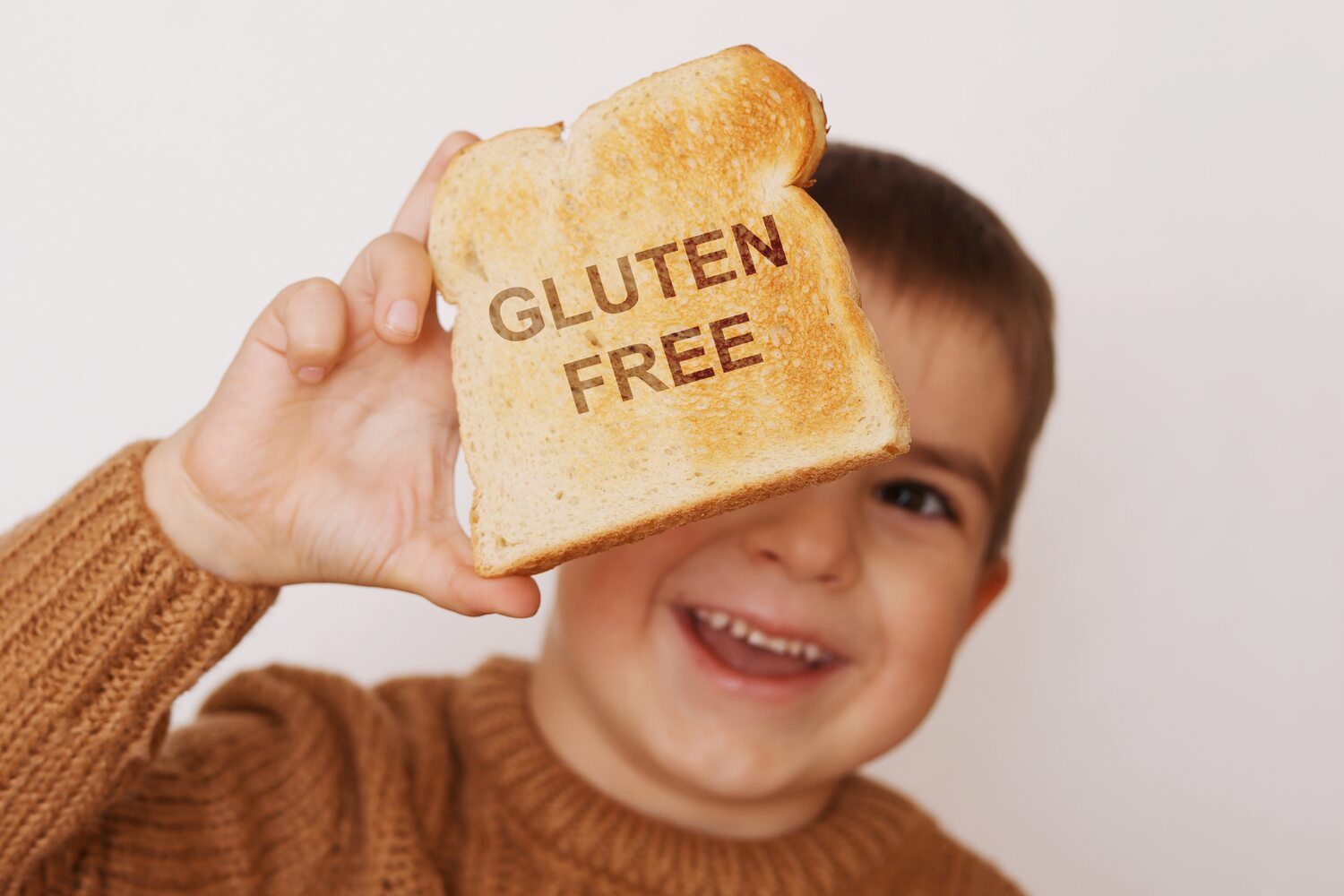
Toddlers can have allergic reactions against certain proteins in whole grains, especially wheat. Skin rash and hives, sneezing, nausea, headache, etc. are some common symptoms of wheat allergy (13).
2. Celiac Disease
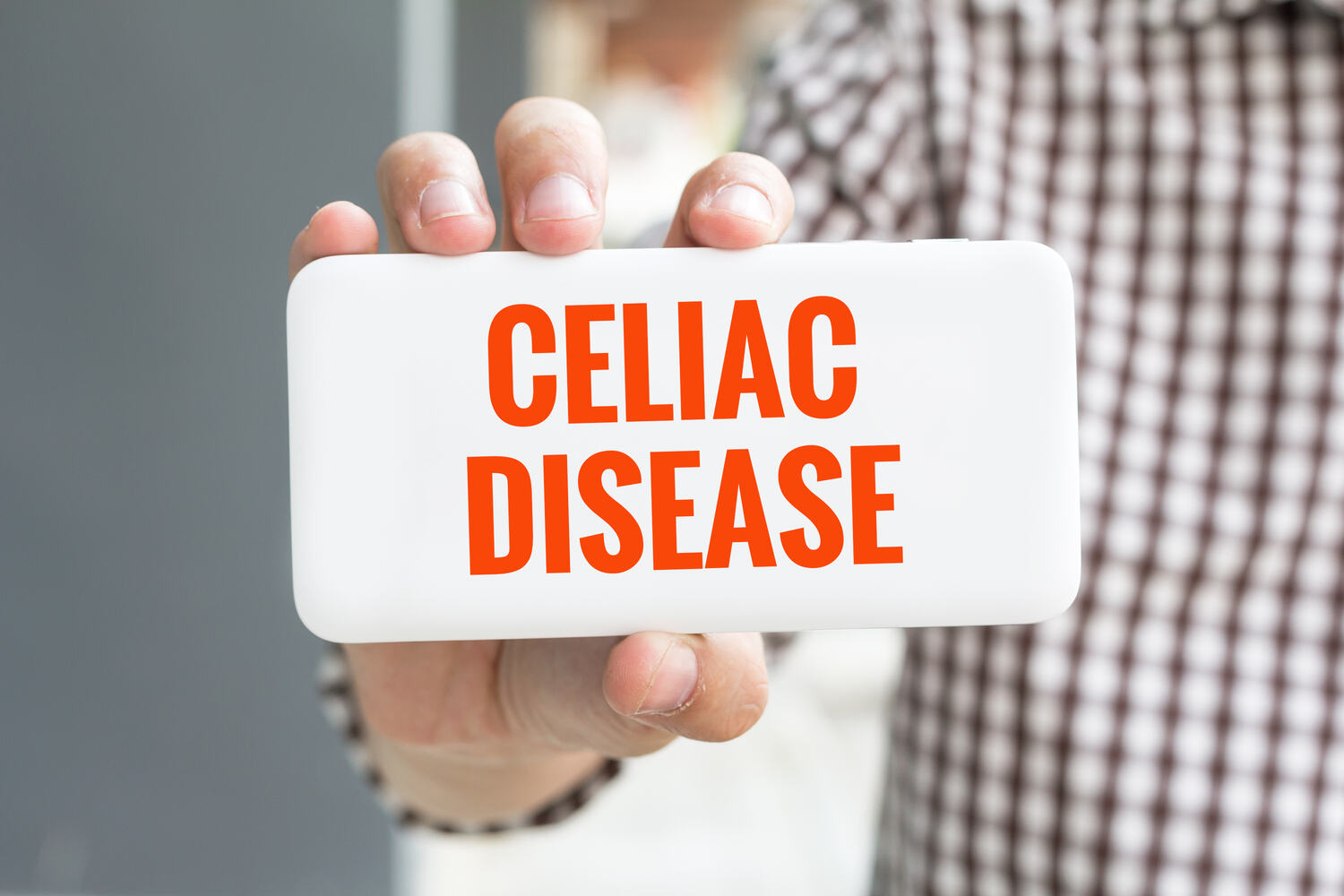
It is an autoimmune disease that can be triggered by gluten consumption found in whole grains like wheat, barley, and rye (14). Bloating, vomiting, foul-smelling stool, diarrhea, etc. are some initial symptoms of celiac disease.
3. Choking Hazard
Whole grains if not mixed and cooked properly can cause choking hazards in babies and toddlers (15). You can make a puree or smash the cooked gains for easy consumption.
So while introducing whole grains to your toddler go slow. Check how they react to the new food. Stop and consult a doctor if your toddler shows symptoms of whole grain allergy.
For better health of your little one, choose whole grains for toddlers. Do not give refined grains to your toddler just because of their white color and wide availability. Introduce whole grains to your toddler’s diet and make it a regular habit. Your small efforts will make a huge change in your toddler’s health and food habits.
FAQ’s
1. What Types of Whole Grains Are Good For Toddlers?
All sorts of whole grains are beneficial for your toddler. But to mention a few- brown rice, whole wheat, oatmeal, and millets are standard whole grains that you can start with.
2. How Can I Help my Toddler Eat More Whole Grains?
To generate a love for whole grains in your toddler make them look and smell tasty. You can make a whole wheat sandwich with sweet corn and veggies inside. You can cook oatmeal porridge with chopped fruits and whole wheat banana pancakes.
References
- What are whole grains? – [https://ask.usda.gov/s/article/What-are-whole-grains]
- Wheat bran: its composition and benefits to health, a European perspective – [https://www.ncbi.nlm.nih.gov/pmc/articles/PMC3507301/]
- The nutritional property of endosperm starch and its contribution to the health benefits of whole grain foods – [https://pubmed.ncbi.nlm.nih.gov/26852626/]
- The potential role of phytochemicals in wholegrain cereals for the prevention of type-2 diabetes – [https://www.ncbi.nlm.nih.gov/pmc/articles/PMC3658901/]
- Whole grain foods – [https://www.gov.nl.ca/healthyeating/baby/offering-healthy-foods/what-foods-should-i-offer-my-baby/whole-grain-foods/]
- Dietary guidelines in pictures: children 2-3 years – [https://raisingchildren.net.au/toddlers/nutrition-fitness/daily-food-guides/dietary-guide-2-3-years]
- Whole Grains and Digestive Health – [https://www.researchgate.net/publication/277454570_Whole_Grains_and_Digestive_Health]
- Consumption of cereal fiber, mixtures of whole grains and bran, and whole grains and risk reduction in type 2 diabetes, obesity, and cardiovascular disease – [https://pubmed.ncbi.nlm.nih.gov/23803885/]
- Cereals and wholegrain foods – [https://www.betterhealth.vic.gov.au/health/healthyliving/cereals-and-wholegrain-foods]
- Effects of Omega-3 Polyunsaturated Fatty Acids on Brain Functions: A Systematic Review – [https://www.ncbi.nlm.nih.gov/pmc/articles/PMC9641984/]
- Nutritional value of whole grains – [https://knowledge4policy.ec.europa.eu/health-promotion-knowledge-gateway/whole-grain-nutritional-value-whole-2_en]
- Plant polyphenols as dietary antioxidants in human health and disease – [https://www.ncbi.nlm.nih.gov/pmc/articles/PMC2835915/]
- Wheat allergy – [https://www.mayoclinic.org/diseases-conditions/wheat-allergy/symptoms-causes/syc-20378897]
- Dietary Changes for Celiac Disease – [https://www.hopkinsmedicine.org/health/conditions-and-diseases/celiac-disease/dietary-changes-for-celiac-disease]
- Choking Hazards – [https://www.cdc.gov/nutrition/infantandtoddlernutrition/foods-and-drinks/choking-hazards.html]
